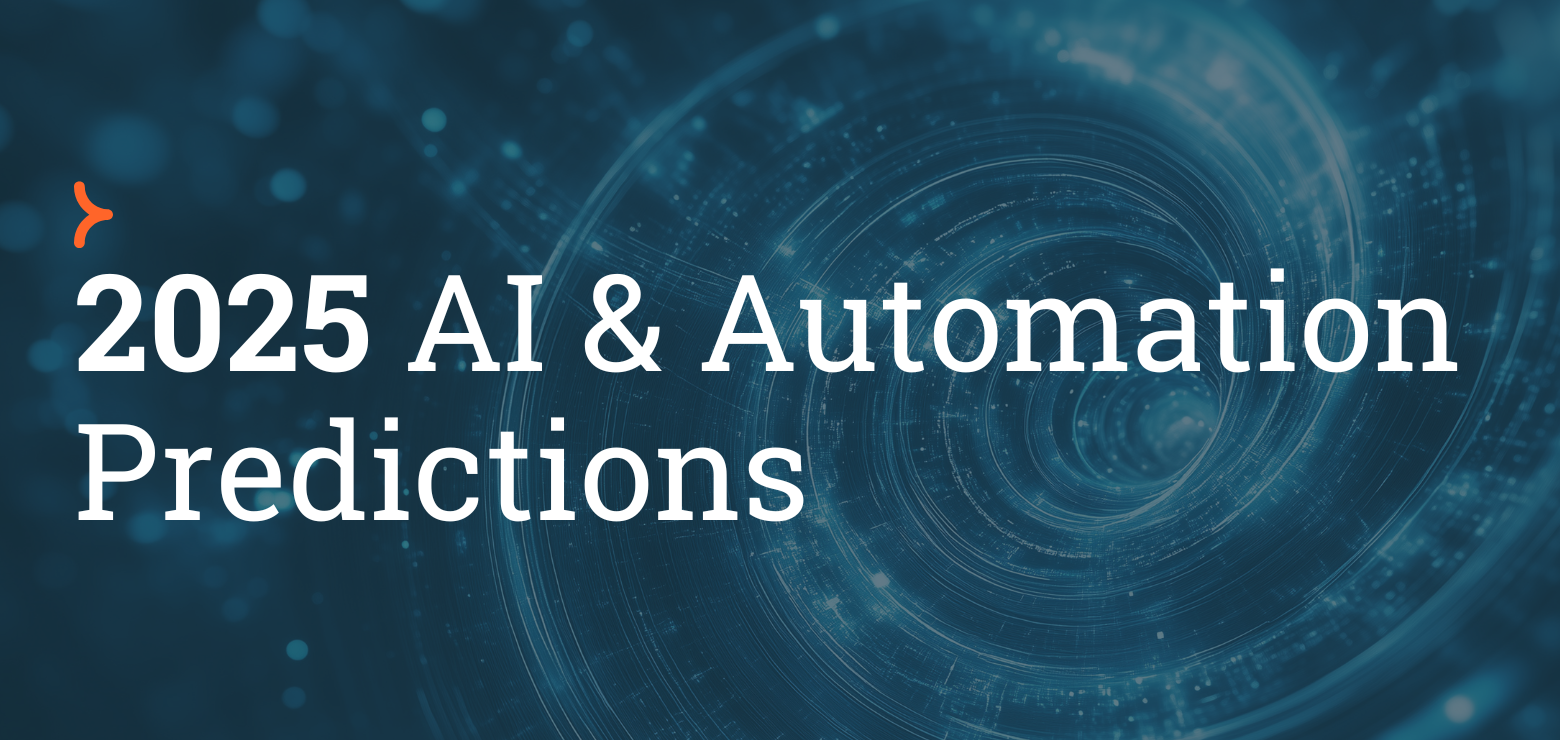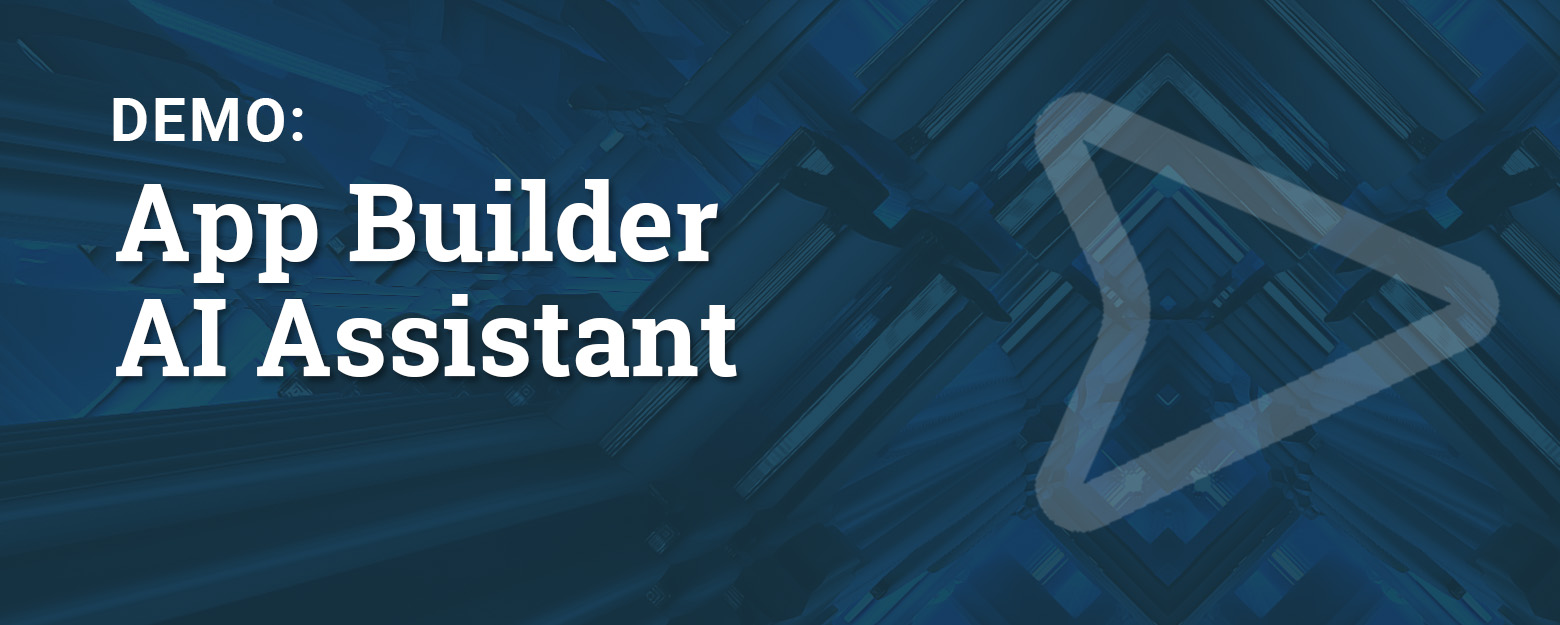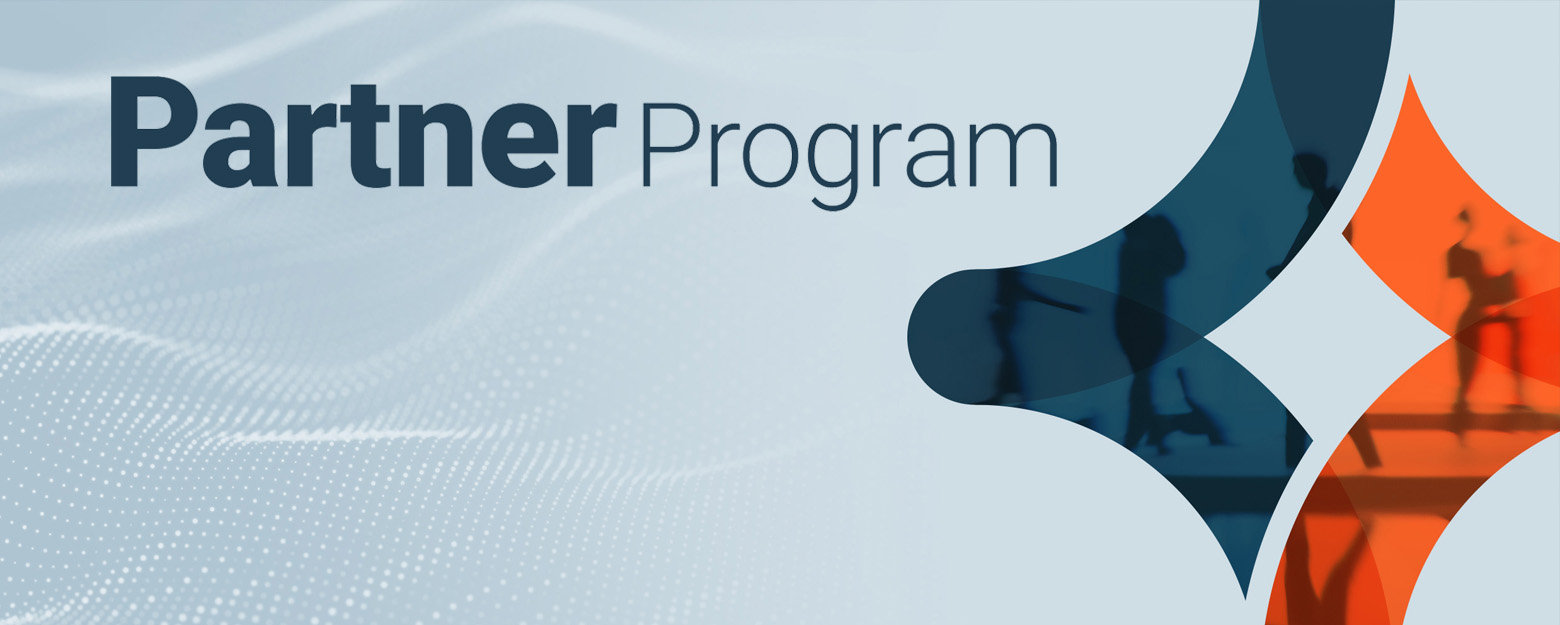By Bill Conner, Jitterbit President & CEO
Existing and emerging AI technologies are a primary focus for Jitterbit, and 2024 was a standout year for us. We launched our suite of AI capabilities in our Harmony platform, including three powerful AI assistants: App Builder AI Assistant, Connector AI Assistant and the AskJB chatbot.
For 2025, we’re continuing to develop new ways to effectively leverage AI for automation, integration and orchestration. Here are the top seven trends Jitterbit CEO Bill Conner predicts could impact workflow automation and orchestration given the unparalleled pace of AI innovation:
1. Successful business planning takes a “risk on” approach to AI.
The AI race is on, and business leaders will shift their decision making from “When/if we should employ AI?” to “How and where can we employ AI in a way that best serves our business needs?” To keep pace, organizations will need to be ‘risk on’ as opposed to “risk averse” when it comes to AI — viewing it as a strategic opportunity rather than a potential obstacle. Approaching automation with deployment of purpose-driven AI capabilities that are tailored to unique data environments, governance and security standards, and business objectives will be the new norm.
2. Low-code app development helps enterprises handle complex legacy systems.
In 2025, enterprises will increasingly turn to low-code application development platforms as a cornerstone of their digital transformation strategy, replacing, augmenting or providing connectivity with costly, inflexible and overly complex legacy systems. The demand for cost-efficiency and the ability to quickly adapt to market changes is driving organizations to adopt these solutions at an unprecedented pace.
Low code will also be used to modernize core enterprise systems such as ERP, CRM and supply chain management platforms. By leveraging these tools, enterprises can create custom, scalable systems that are tailored to their unique operational needs.
3. End-to-end automation becomes standard.
The adoption of unified platforms with capabilities such as iPaaS, low-code/no-code application development and API management will simplify data management within one ecosystem. As a result, teams will be able to seamlessly access, analyze and act on their data. Businesses will rely on unified platforms to automate workflows end-to-end, reducing complexity and increasing operational agility.
4. Democratization of automation: Low-code and no-code platforms dominate.
In the past few years, we’ve witnessed the emergence of low-code/no-code platforms. In 2025, businesses will increasingly adopt these platforms to empower non-technical users to automate processes, build applications and manage integrations with minimal IT support. These platforms will further accelerate the “citizen developer” movement in 2025, democratizing technology and reducing reliance on developers.
5. A layered security approach becomes increasingly critical.
Organizations will prioritize automation platforms with a security-first mindset. These platforms must offer a layered security approach, integrating features like robust encryption, AI-driven threat detection, identity and access management, and automated compliance tools. By choosing platforms designed and architected with security at their core, businesses can safeguard their data ecosystems against potential cyber threats while maintaining trust and compliance in a rapidly advancing digital landscape.
6. Automation greatly improves visibility, driving real-time decision-making.
Automation will drive faster processing and decision-making, allowing businesses to act on insights instantly. By integrating data from multiple sources into a 360-degree view of operations, organizations will gain comprehensive visibility into customers, supply chains and financial health. This holistic perspective will empower businesses to make more informed decisions, predict trends and respond to changes dynamically.
7. The Data Divide Narrows
In 2024, the vast majority of applications remained unintegrated. As a result, data remained siloed, limiting integration and data-sharing capabilities. Artificial intelligence will play a transformative role in bridging this gap in 2025 by making data more accessible, interconnected and actionable.
AI-powered tools embedded in low-code platforms will automate the process of data integration, breaking down silos and enabling seamless workflows. These tools will analyze disparate data sources, uncover key insights and proactively recommend actions. By reducing technical barriers, organizations will be able to harness the full potential of their data ecosystems, significantly narrowing the data divide.
We’re excited to introduce even more AI capabilities in the coming months. Watch this space for upcoming updates on how our products will be leveraging the latest technology to empower your business transformation. In the meantime, feel free to catch up on the announcements that shaped our roadmap in 2024.



